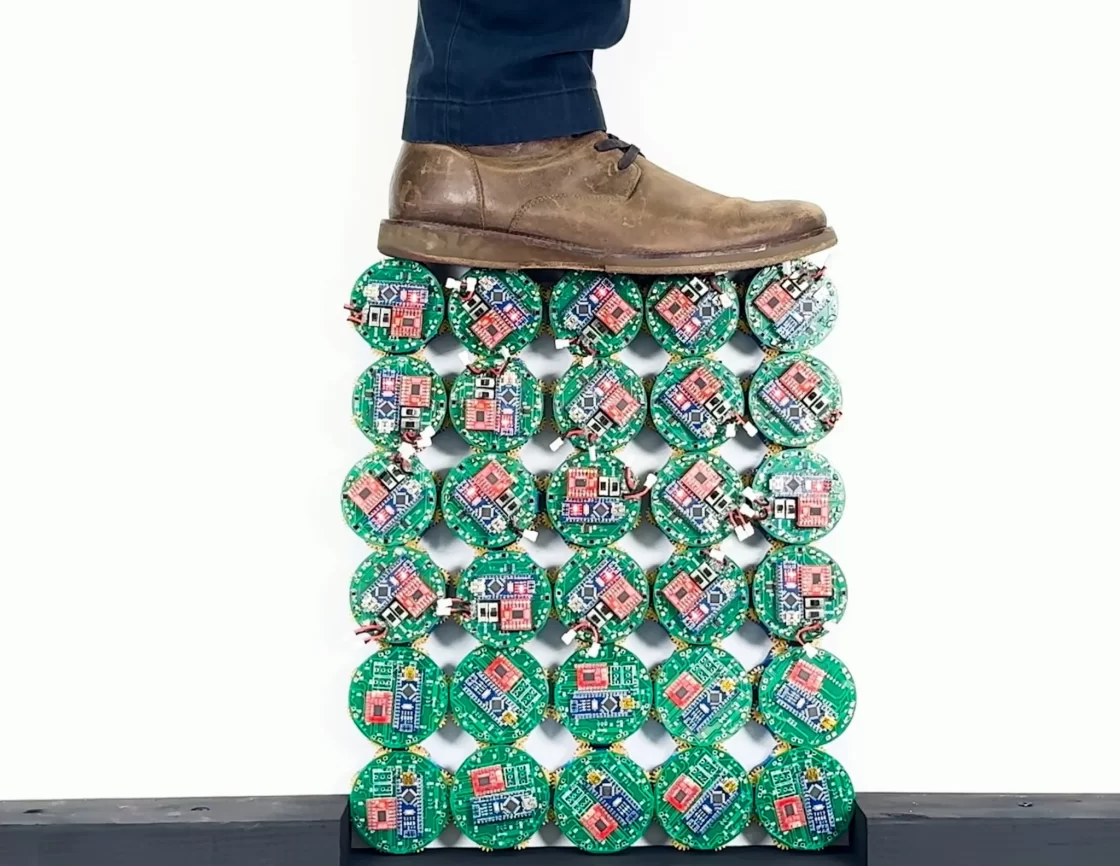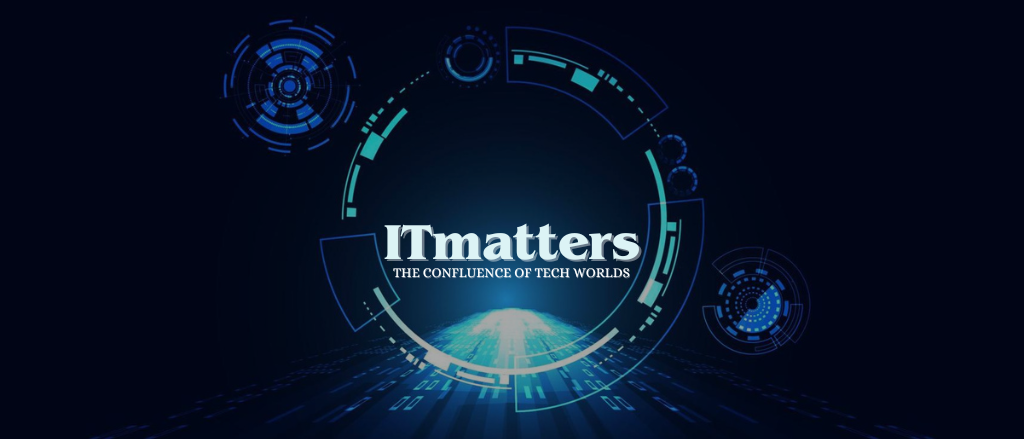
Imagine a robot that can switch between solid and fluid-like states, much like the T-1000 from Terminator 2. Scientists have turned this concept into reality. A research team led by Matthew Devlin at UC Santa Barbara has developed small robots that work together to change their shape, making them a major step forward in robotics.
How These Robots Work?
These robots function as a collective. They move using motorized gears and stay connected with magnets. They also have photodetectors, allowing them to respond to light signals. Inspired by the way tissues form in embryos, the researchers aimed to create a system that can rearrange itself into different structures.
The idea of robots that can reshape themselves has been around for years, both in science and fiction. These new robots are about 5 centimeters in size, but the goal is to make them even smaller. Researchers believe that reducing their size to 1 or 2 centimeters will make them more practical for real-world applications.
Challenges and Future Applications
Otger Campàs, a professor at the Max Planck Institute of Molecular Biology and Genetics, reassured that reality is far from the Terminator movies. The biggest challenges remain size and power. While these robots can change form, they are still in the early stages of development and are not capable of self-repair or complex decision-making like the machines in Hollywood films.
Scientists hope these robots will have real-world applications in fields like medicine, search-and-rescue missions, and industrial automation. If researchers can make them smaller and more efficient, they could be used for tasks like navigating tight spaces or delivering targeted treatments inside the human body.
Shape-shifting robots are no longer just a fantasy. This breakthrough is an exciting step toward creating machines that can adapt to different tasks and environments. While they may not be as advanced as science fiction suggests, they offer a glimpse into the future of robotics.
